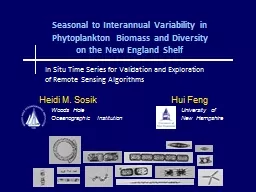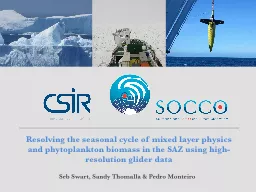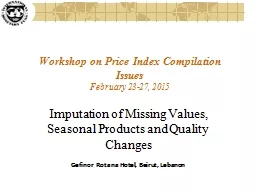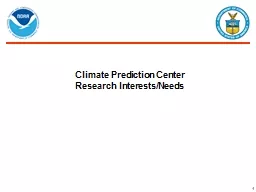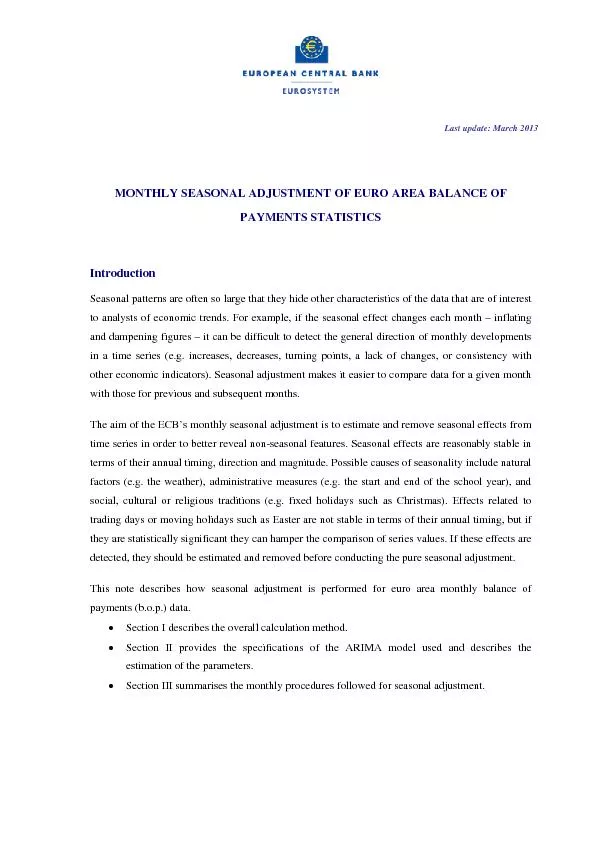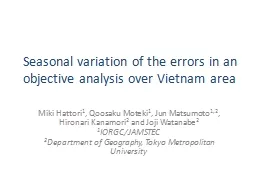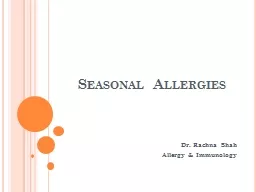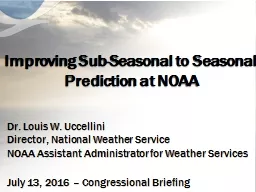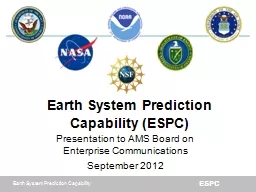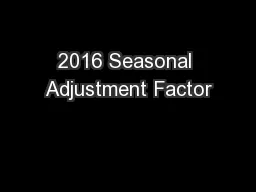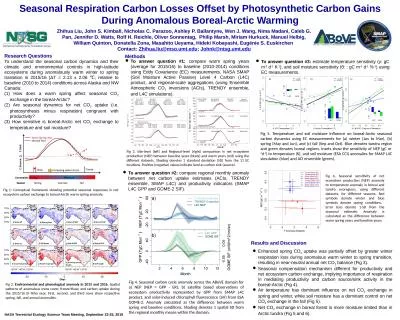PPT-Seasonal to
Author : luanne-stotts | Published Date : 2016-03-21
Interannual Variability in Phytoplankton Biomass and Diversity on the New England Shelf Heidi M Sosik Hui Feng In Situ Time Series for Validation and Exploration
Presentation Embed Code
Download Presentation
Download Presentation The PPT/PDF document "Seasonal to" is the property of its rightful owner. Permission is granted to download and print the materials on this website for personal, non-commercial use only, and to display it on your personal computer provided you do not modify the materials and that you retain all copyright notices contained in the materials. By downloading content from our website, you accept the terms of this agreement.
Seasonal to: Transcript
Download Rules Of Document
"Seasonal to"The content belongs to its owner. You may download and print it for personal use, without modification, and keep all copyright notices. By downloading, you agree to these terms.
Related Documents

